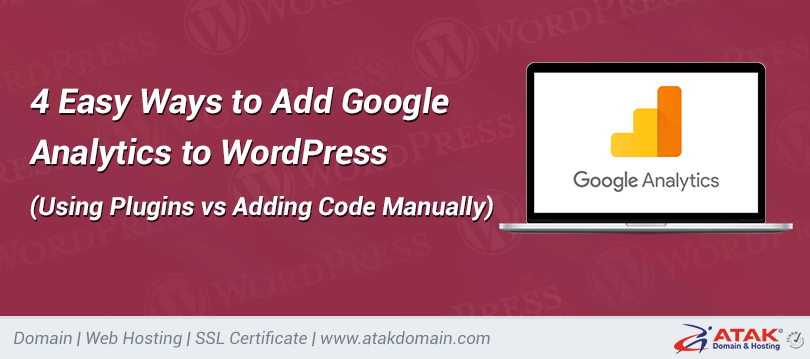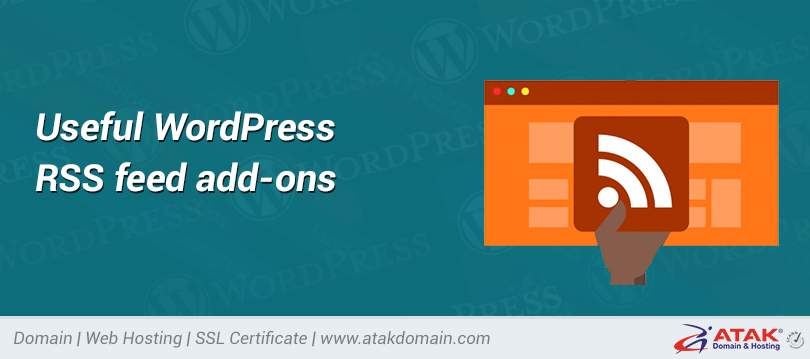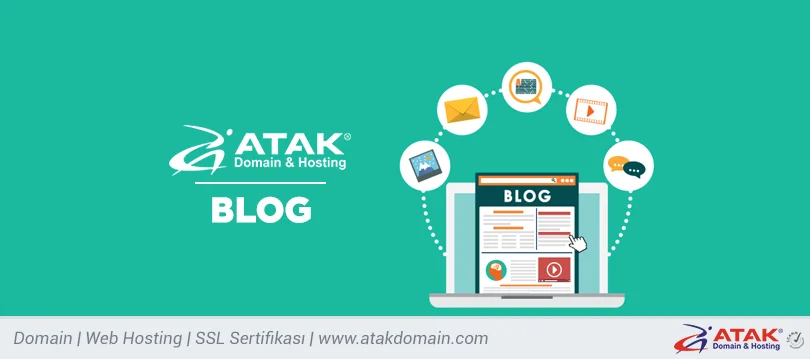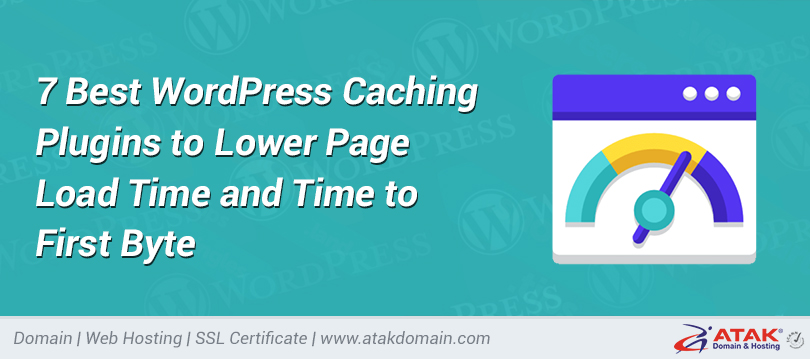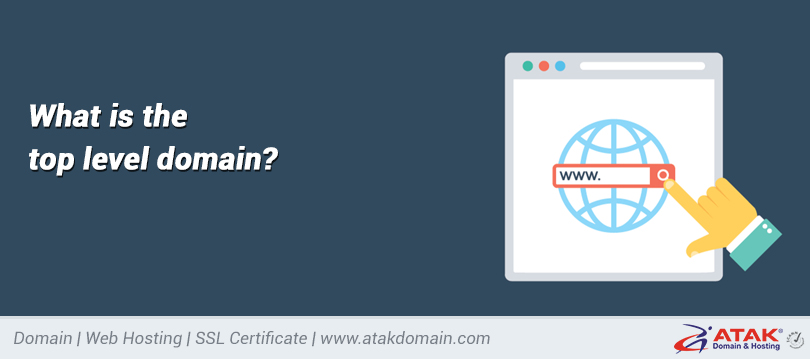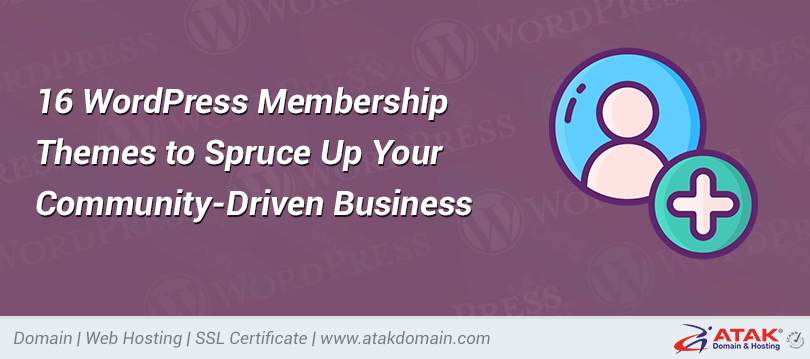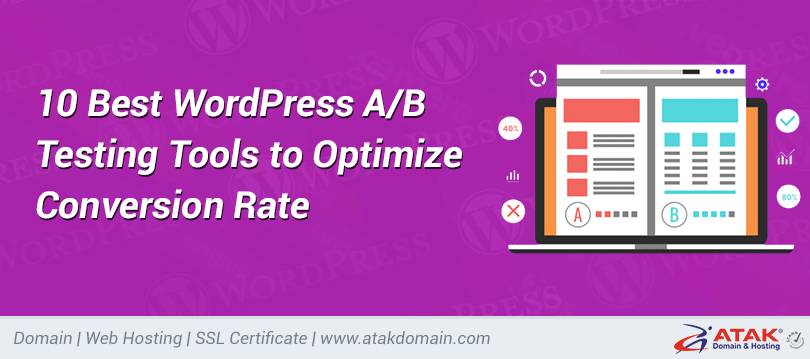
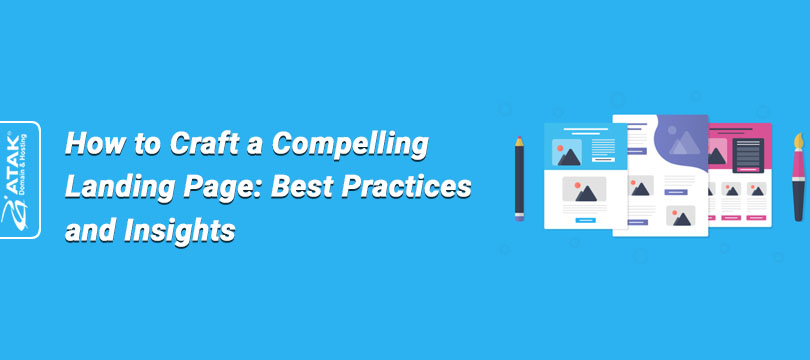
How to Craft a Compelling Landing Page: Best Practices and Insights
Creating a compelling landing page is crucial for driving conversions, capturing leads, and ensuring visitors take the desired action on your site. Whether you're promoting a product, service, or event, a well-designed landing page can be the difference between a bounce and a conversion. Here’s a guide to crafting a landing page that looks great and delivers results.
1. Start with a Clear Goal

Before designing your landing page, you must have a clear objective. Ask yourself:
- What is the primary action you want visitors to take?
- Are you collecting emails, promoting a product, or encouraging downloads?
Your goal will shape every aspect of your landing page, from the copy to the design.
2. Keep It Simple
One of the golden rules of landing page design is simplicity. You want to avoid overwhelming visitors with too much information or too many options. A clean, uncluttered layout with plenty of white space will help guide the user’s attention to the most important elements.
Key Elements of a Simple Landing Page:
- A concise headline: It should clearly state the value proposition or offer.
- Subheadline: Provide additional context or a brief explanation that supports the headline.
- Visuals: Use high-quality images or videos that are relevant to the offer.
- Call to Action (CTA): Make it stand out and ensure it clearly states what action the visitor should take.
3. Craft a Compelling Headline
The headline is often the first thing visitors see, so it needs to be compelling enough to grab their attention immediately. It should be concise, benefit-driven, and aligned with the visitor's intent.
Tips for Writing a Strong Headline:
- Be clear, not clever: Don’t use jargon or ambiguous phrases. Clarity always trumps creativity.
- Highlight the benefit: What’s in it for the visitor? Make sure this is front and center.
- Use numbers or specifics: If applicable, include numbers to make your offer more tangible (e.g., “Get 50% Off” or “Join 10,000+ Happy Customers”).
4. Design with the User in Mind

Your landing page’s design should be visually appealing and aligned with your brand, but it must also be user-centric. This means considering how visitors interact with your page and ensuring a seamless experience.
Best Practices for Landing Page Design:
- Responsive design: Ensure your page looks and functions well on all devices, from desktops to smartphones.
- F-shape pattern: Design your content layout based on how users typically scan a webpage, which is often in an F-shaped pattern.
- Contrasting CTA buttons: Make sure your call-to-action buttons stand out with contrasting colors that catch the eye.
- Fast loading time: A slow page can deter visitors. Optimize images and minimize code to ensure quick load times.
5. Leverage Social Proof
Social proof is a powerful tool for building trust and credibility. By showcasing testimonials, reviews, case studies, or the number of customers who have taken the desired action, you can persuade new visitors to follow suit.
Ways to Incorporate Social Proof:
- Customer testimonials: Include short, authentic quotes from satisfied customers.
- Case studies: Share brief success stories that demonstrate the effectiveness of your product or service.
- Trust badges Display certifications, awards, or endorsements from reputable sources.
- User-generated content: If applicable, showcase photos or videos of real customers using your product.
6. Craft Persuasive Copy

The copy on your landing page should be concise, persuasive, and aligned with the needs and desires of your target audience. Focus on the benefits rather than just the features, and address any potential objections visitors might have.
Copywriting Tips:
- Use action-oriented language: Encourage visitors to take action with verbs like “Get,” “Start,” “Claim,” or “Join.”
- Highlight the benefits: Explain how your offer will solve visitors' problems or improve their lives.
- Create a sense of urgency: Phrases like “Limited Time Offer” or “Only a Few Spots Left” can motivate visitors to act quickly.
- Address objections: Include a brief FAQ or a section that addresses common concerns, such as pricing, shipping, or return policies.
7. Optimize Your Call to Action (CTA)
Your CTA is arguably the most important element on your landing page. It’s the gateway to conversions, so it needs to be clear, compelling, and easy to find.
Effective CTA Strategies:
- Use a single, primary CTA: Avoid multiple CTAs that can confuse or distract visitors. Focus on one primary action.
- Make it visible: Place your CTA above the fold, so visitors don’t have to scroll to find it. If your page is longer, consider adding multiple CTAs throughout.
- Test different variations: Experiment with different CTA colors, text, and placement to see what drives the best results.
8. A/B Test and Optimize

Creating a landing page isn’t a one-and-done task. It’s important to continually test and optimize your page to improve its performance over time.
Key Elements to A/B Test:
- Headlines: Try different headlines to see which resonates most with your audience.
- CTA buttons: Experiment with different colors, text, and placements.
- Images or videos: Test different visuals to see which drive more engagement.
- Copy: Try different messaging or value propositions to see what drives more conversions.
9. Use Analytics to Measure Success
Once your landing page is live, use analytics tools to track its performance. Pay attention to key metrics like bounce rate, conversion rate, and time on page to identify areas for improvement.
Key Metrics to Monitor:
- Conversion rate: The percentage of visitors who complete the desired action.
- Bounce rate: The percentage of visitors who leave the page without taking any action.
- Time on page: The length of time visitors spend on your landing page can indicate how engaged they are with the content.
- Click-through rate (CTR): The percentage of visitors who click on your CTA.
Conclusion
Crafting a compelling landing page is both an art and a science. By focusing on clear goals, simple design, persuasive copy, and user-centric elements, you can create a landing page that attracts visitors and converts them into leads or customers. Remember, continual testing and optimization are key to long-term success. Start with these best practices, and refine your approach as you gather data and insights from your audience.
Categories
- Domain Guide & Registration Process
- Email Services & Setup Instructions
- Step-by-Step How-To Guides
- Insights & Articles from the Tech World
- Server Management & Performance Tips
- Software Development & Coding Resources
- SSL Certificate Guide for Secure Websites
- Choosing the Best Hosting & Optimization Tips
- Key IT Terms & Their Definitions
- SQL Database Management & Queries
- WordPress Setup & Optimization Strategies
